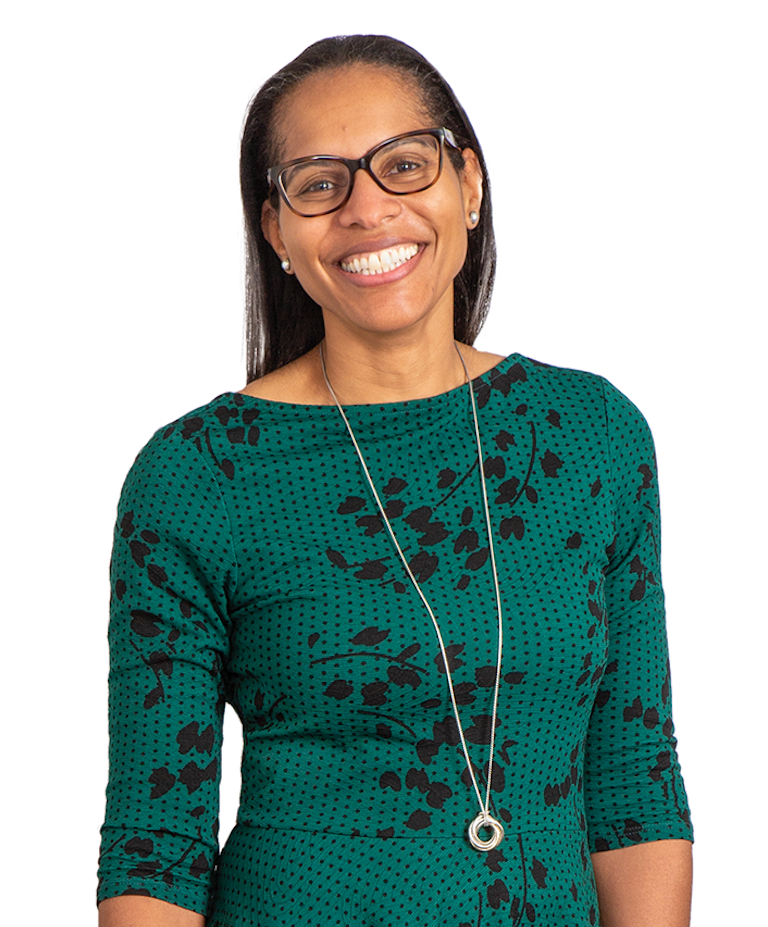5 Questions with a Pediatric Hematologist
A conversation with Natasha Archer
- 3 minute read
- Interview
Natasha Archer, assistant professor of pediatrics, HMS
Pediatric hematologist, Boston Children’s Hospital
Affiliate, Department of Global Health and Social Medicine in the Blavatnik Institute at HMS

Natasha Archer, assistant professor of pediatrics, HMS
Pediatric hematologist, Boston Children’s Hospital
Affiliate, Department of Global Health and Social Medicine in the Blavatnik Institute at HMS
How did you develop your passion for delivering sickle cell disease care to children worldwide?
I had long been interested in providing care to individuals who were not getting care, and it became clear to me that caring for people with sickle cell disease was an unmet need domestically and globally.
I get to provide longitudinal care for patients and families: I meet patients when they’re babies and follow them from early childhood and adolescence into early adulthood. I always joke that I went into pediatrics because baby feet are much cuter than adult feet, but I really just love working with children and families and watching children grow while helping them to be their best selves.
As I learned more about sickle cell disease, I also fell in love with it from an academic vantage point. Clinically, there’s so much variability in patients’ symptoms and how the disease manifests within them. Scientifically, sickle cell disease is fascinating: I learn something new almost every day, and there’s still so much more to learn.
What is one of your proudest career moments so far?
I am so proud of my promotion to assistant professor of pediatrics. I’m happy that I can serve as an example to other Black women who are interested in hematology/oncology and academic medicine and show them that there’s a path and a place for them in the field.
Where do you draw inspiration when facing obstacles in your work and career?
My patients. What I go through is nothing compared with what they’re going through and living with, and if there’s any way that I can make their everyday lives better, that’s what I’m going to do. People are depending on me to do the work.
What do you enjoy about working at the intersection of science, medicine, and public health?
I like providing intimate clinical care to patients, then taking the questions that arise in the clinic and applying the science that may help change the way care is delivered globally. For example, my research on the relationship between malaria and sickle cell disease stemmed directly from my patients. The beauty of academic medicine is that I get to move the science and care forward and touch the lives of people beyond my patients.
What do you do for fun?
I don’t know if this is a boring answer, but I love spending time with family and friends. On most days, my free time is occupied by my husband and my three little girls. I love my girls, but they do keep me busy. I played Division I basketball in college and used to work out a lot, but now I only have time to ride a stationary bike at night while checking my emails.
Catherine Caruso is a science writer in the HMS Office of Communications and External Relations.
Image: John Soares